10 Profitable Micro-SaaS Ideas You Can Build in 2025
The year 2025 is ripe with opportunities for aspiring entrepreneurs and developers to carve out their niche in the Software-as-a-Service (SaaS) landscape, particularly through the focused and agile approach of Micro-SaaS. Unlike large, feature-rich SaaS platforms, a Micro-SaaS product targets a very specific problem for a well-defined audience, often managed by a single founder or a small, lean team. This lean structure allows for rapid development, lower overhead, and a direct focus on solving a core pain point, making it an incredibly attractive and profitable business model. With the rise of no-code and low-code tools, the barrier to entry has significantly lowered, empowering even non-technical individuals to build and launch their own software solutions. This article will explore 10 highly promising Micro-SaaS ideas that you can consider building in 2025, along with insights into their potential and the strategies for success.
Why Micro-SaaS is Thriving in 2025
The appeal of Micro-SaaS lies in its ability to generate recurring revenue with minimal operational complexity. In an increasingly digital world, businesses and individuals alike face numerous small, repetitive tasks or gaps in their workflows that aren’t adequately addressed by broad, expensive software suites. This creates a fertile ground for highly specialized tools. Key trends supporting the rise of Micro-SaaS solutions in 2025 include:
- Niche Specialization: The market is increasingly fragmented, with demand for tailored solutions that cater to very specific needs rather than general-purpose tools.
- Automation Everywhere: The desire to automate mundane tasks across all industries continues to grow, providing ample opportunities for automation Micro-SaaS.
- AI Integration: The accessibility of AI APIs allows for the creation of intelligent, powerful tools that can perform complex tasks with less manual effort, leading to innovative AI-powered Micro-SaaS solutions.
- Cost-Effectiveness: Small businesses and freelancers are actively seeking affordable, effective tools that don’t come with the overhead or complexity of enterprise software.
- Low-Code/No-Code Revolution: Platforms like Bubble, Webflow, Adalo, and Zoho Creator make it possible to build functional applications without extensive coding knowledge, accelerating the Micro-SaaS development cycle.
Approaching Your Micro-SaaS Build
Before diving into ideas, it’s crucial to understand the Micro-SaaS philosophy:
- Identify a Pain Point: Don’t start with a solution. Instead, identify a specific, acute problem faced by a niche audience. Look for “jobs to be done” that are currently manual, inefficient, or expensive.
- Validate Your Idea: Before writing a single line of code, talk to potential users. Use surveys, interviews, and community forums (like Reddit, Facebook Groups, or industry-specific communities) to confirm that the problem is real and that people would pay for a solution. A landing page with an email signup is a great way to gauge early interest.
- Build a Minimum Viable Product (MVP): Focus on the absolute core functionality that solves the primary pain point. Avoid feature bloat. The goal is to get something functional into users’ hands quickly to gather feedback.
- Launch Lean: Start small, perhaps by reaching out to early adopters or launching on platforms relevant to your niche.
- Iterate and Grow: Continuously gather customer feedback and use it to improve your product. Customer retention is paramount for SaaS profitability.
💡 10 Profitable Micro-SaaS Ideas You Can Build in 2025
Here are 10 Micro-SaaS ideas with strong potential for profitability in 2025, leveraging current trends and addressing specific niche needs:
1. Niche AI Content Repurposing Tool
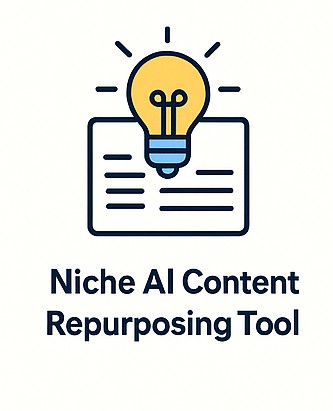
This AI content generation tool would take a single piece of long-form content, like a blog post or podcast transcript, and automatically transform it into various short-form formats suitable for specific platforms. Imagine a solution for podcasters generating Instagram Reels captions, TikTok scripts, and Twitter threads from their episodes, or for bloggers quickly creating LinkedIn posts and email newsletter snippets. This AI-powered Micro-SaaS saves immense time and effort for content creators and marketers who constantly need to adapt their message for different channels.
2. Automated Client Onboarding for Freelancers & Small Agencies
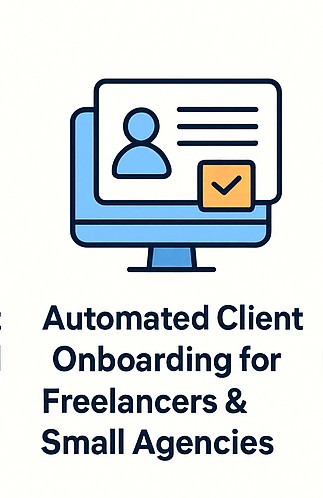
A simple, customizable platform designed to automate the initial client onboarding process. This client onboarding automation could handle contract signing, questionnaire collection, payment setup, and delivery of welcome sequences. Such freelance tools and agency workflow software significantly improve the client’s first impression and streamline administrative tasks for independent professionals like designers, consultants, small marketing agencies, and virtual assistants.
3. Hyper-Niche Project Management for Specific Industries
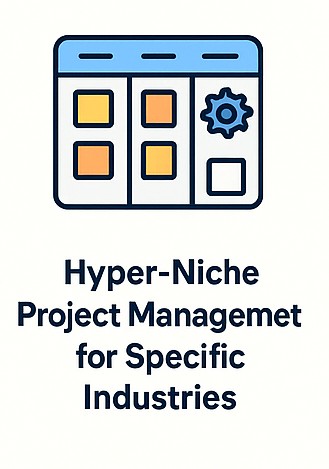
Beyond general solutions, this niche project management tool would be specifically tailored to the unique workflows and terminology of a very particular industry. Examples include industry-specific software for indie game developers, bespoke furniture makers, or academic researchers. A tool that speaks the exact language and solves the precise problems of a small, underserved industry can command a premium as an essential piece of workflow optimization.
4. Micro-CRM for Solopreneurs & Tiny Teams
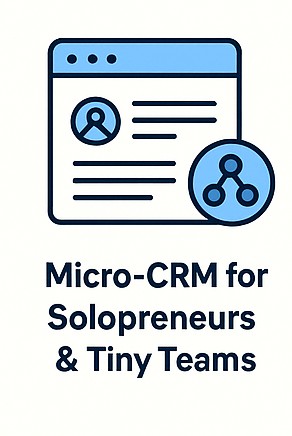
A stripped-down Customer Relationship Management (CRM) system designed for individuals or very small teams who find traditional CRMs too complex and expensive. This simple CRM would focus on essentials like contact information, deal stages, and communication history, providing solopreneur tools for effective client tracking and lead management without unnecessary features.
5. Website Accessibility Checker & Reporter for Small Businesses
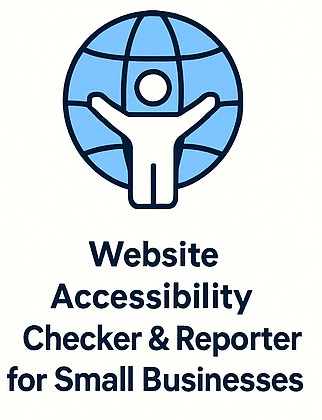
This tool would scan small business websites to identify basic accessibility issues (e.g., missing alt text, low color contrast) and generate a simple, actionable report, potentially with basic fix suggestions. For local businesses, non-profits, and small e-commerce stores, this website accessibility solution offers an affordable way to move towards ADA compliance and improve user experience without needing expensive audits.
6. Automated Social Media Listener for Local Businesses
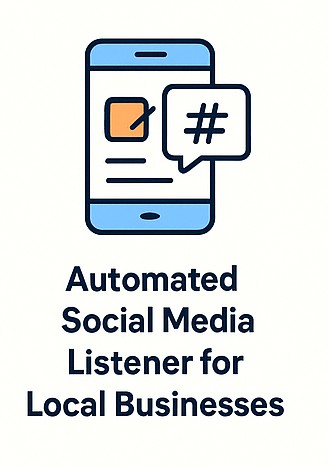
A service that monitors specific local keywords, hashtags, and mentions across social media, sending a concise digest or alerts to local business owners. This local social media monitoring tool helps restaurants, cafes, retail shops, and service providers stay informed about their online reputation, engage with their community, and boost their local SEO efforts.
7. Subscription Management for the Creator Economy
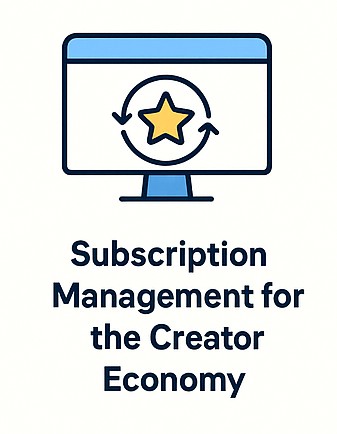
A simplified platform for individual creators (artists, writers, musicians, educators) to manage unique subscription tiers, deliver exclusive content, and communicate with their patrons. This creator economy tool offers more flexibility than generic platforms, providing tailored subscription billing and content delivery for a specific type of artist or educator looking for better niche monetization.
8. Simple Expense Tracker for Project-Based Freelancers
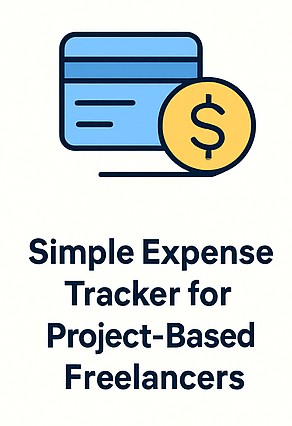
An expense tracking tool specifically designed for freelancers who manage expenses on a per-project basis. This freelance expense tracker would simplify tax preparation and client invoicing by easily categorizing project-related costs. It’s a valuable small business finance tool for independent contractors, photographers, and consultants.
9. Automated Interview Question Generator (Niche Role)
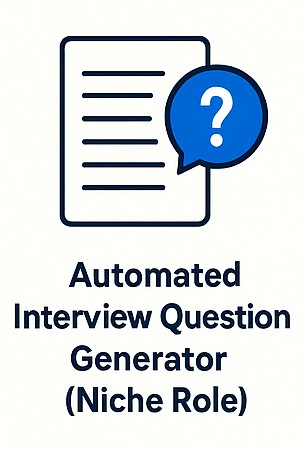
An AI-powered Micro-SaaS that generates tailored interview questions for very specific job roles based on a job description. This recruitment software would assist hiring managers in specialized fields (e.g., specific engineering roles, niche marketing positions) or small HR departments by providing relevant, in-depth questions, improving talent acquisition efficiency.
10. Website Downtime Monitor & Notifier for Small Online Shops
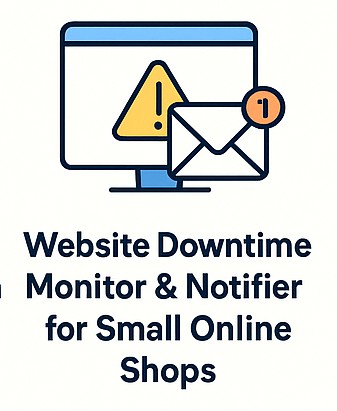
A straightforward service that monitors the uptime of small e-commerce websites or landing pages and immediately notifies the owner via SMS/email if their site goes down, including a basic incident report. This website uptime monitor provides crucial downtime alerts for solo entrepreneurs and small online shops, for whom every minute of downtime can mean significant lost revenue.
Building Your Micro-SaaS: Essential Considerations
- Technology Stack: Embrace low-code no-code tools (like Bubble, Webflow, Adalo, Zapier, Make.com) for rapid MVP development and validation.
- Monetization Strategies: Focus on simple, clear pricing models like subscription-based (monthly/annually), tiered pricing, or usage-based pricing for power users. Value-based pricing is often the most effective.
- Marketing Your SaaS: Leverage content marketing (blog posts, guides), SEO, active participation in niche online communities (Reddit, Facebook groups, industry forums), email marketing, and strategic partnerships. Prioritize customer satisfaction for powerful word-of-mouth.
- Customer Support & Feedback Loops: Offer clear customer support channels. Actively collect user feedback to identify pain points and guide your product’s evolution. This is key for customer retention and reducing churn.
- Scalability: Ensure your chosen technology and architecture can scale as your user base grows without major overhauls.
- Security and Compliance: Protect user data. Understand relevant data privacy laws (e.g., GDPR, CCPA) and build security into your product from day one to foster trust.
Conclusion
The landscape for SaaS entrepreneurship in 2025 is more accessible and opportunity-rich than ever, particularly within the Micro-SaaS domain. By focusing on solving a specific, real problem for a defined audience, leveraging modern low-code/no-code technologies, and applying lean startup principles, you can build a profitable and sustainable software business. These 10 ideas offer a starting point, but the true gold lies in your ability to observe everyday pain points within niche communities and craft elegant, focused solutions. The journey from idea to profitable SaaS business is challenging but incredibly rewarding. Start small, validate often, and focus on delivering immense value to your target users, and 2025 could be the year you launch your successful Micro-SaaS.
